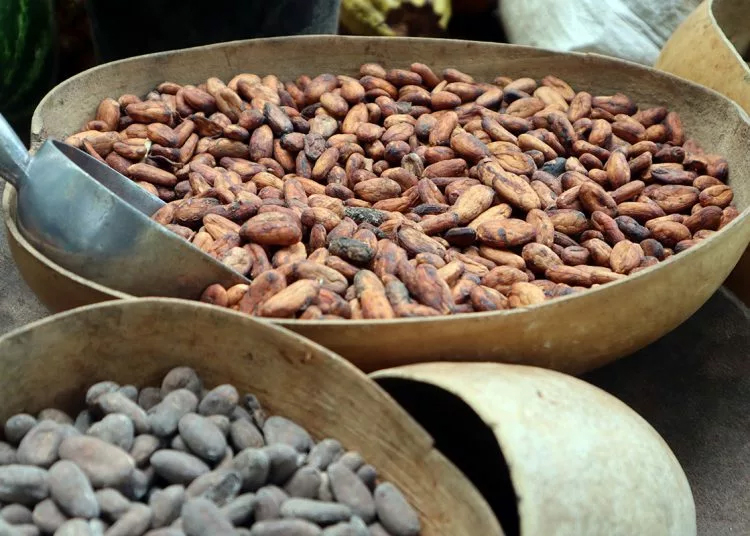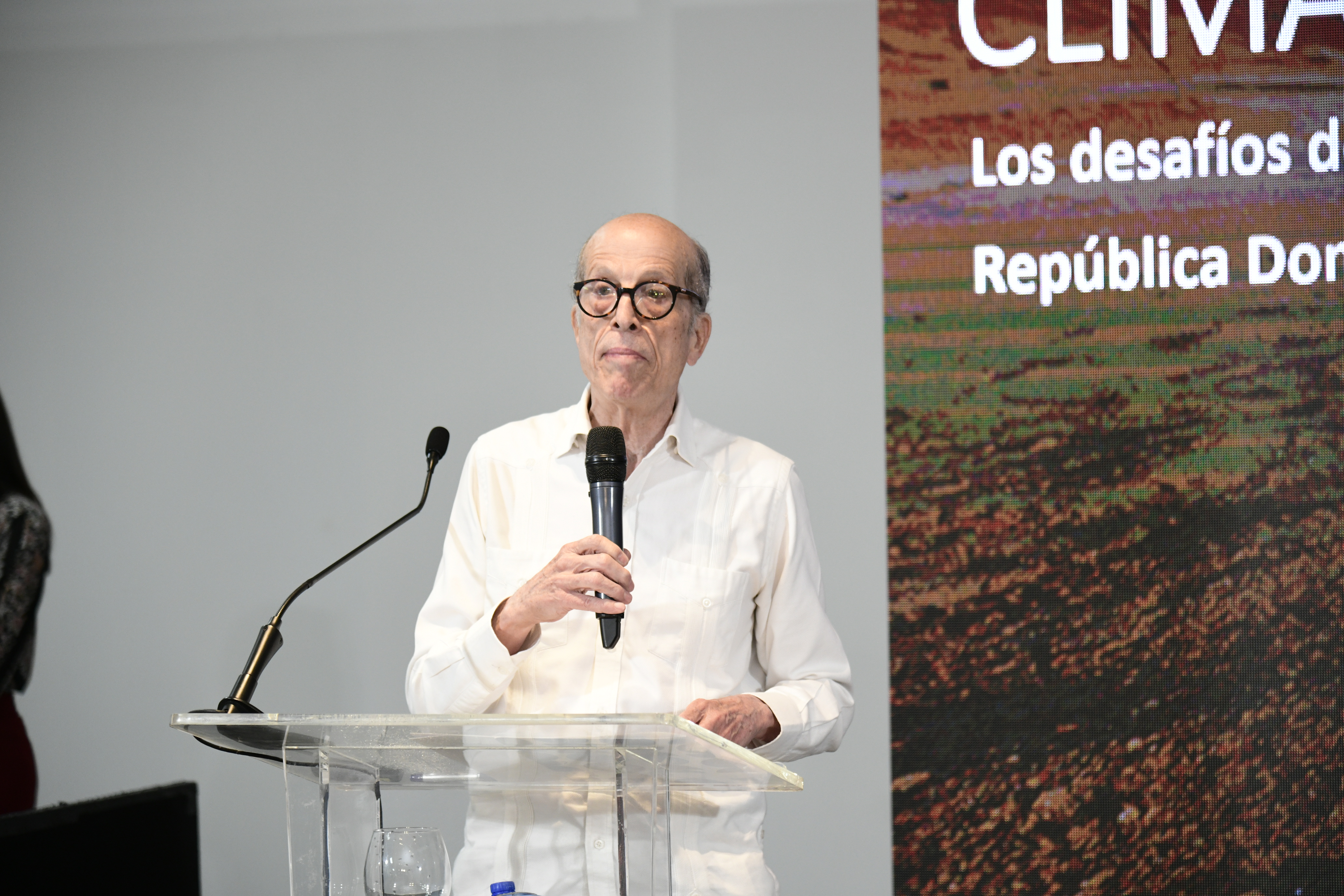Dominican Economy Strengthens
 | Dominican Economy Strengthens Despite the worldwide crisis, the Dominican Republic currently enjoys the benefits of an economically robust financial system, according to a series of reports from government institutions reviewing their accomplishments over the last three years. Consumption grew by 12.3% as a result of a significant improvement in the employment statistics amid a stable exchange rate and moderate inflation. In 2007 the Dominican economy experienced solid growth as it recovered from the devastating impact of the banking crisis of 2003-4 on the nation’s productive sector and the standard of living of its citizens. The economy bounced back to grow by 8.5% in 2007, followed by average annual growth of 9.5% for the last three years in real terms, according to a report issued by the office of the president. Consumption grew by 12.3% as a result of a significant improvement in the employment statistics amid a stable exchange rate and moderate inflation. Inflation reached 8.88% at the end of 2007, consistent with the goal established by the Monetary Program in agreement with the International Monetary Fund. Inflation remained in the single digits despite the impact of a significant rise in the international market price of petroleum and its derivatives. The country continued to consolidate its international image as an attractive destination for investment. Foreign direct investment increased 16.4% to US$1,698 million, and portfolio investment reached US$991.3 million as a result of new bond offerings of US$453.7 million from local companies, a signal of external confidence in the performance of the Dominican economy on the part of investors and the international financial community. Similarly, the accumulation of cash reserves by the Central Bank in 2007 strengthened the country’s capacity to counteract the effect of the rise in petroleum prices in international markets. The Economic Commission for Latin American (ECLAC) described the Dominican Republic in 2008 as the second most dynamic economy in the Central American region. This occurred despite an unfavorable global environment. In the first half of 2008, the spike in the international price of basic commodities intensified with petroleum reaching an all-time record of US$147 a barrel in July while food and raw materials also experienced sharp increases. The Central Bank responded by adopting a series of restrictive measures to reduce inflationary pressures. These included: raising the interest rate target; changes in the composition of reserve requirements and the formula for calculating it means; increased lending and extension of maturities for its instruments as well as demonetization through the use of foreign exchange reserves to accelerate the effects of monetary policy. These measures were aimed at moderating internal demand in the context of a global economic slowdown and pressure on prices. As a consequence of monetary policy and the abrupt fall in international oil prices, annual inflation dropped to 4.52% in the last quarter of the year, the lowest in Latin America. The achievement is remarkable given the turbulence created by the rise in oil prices and commodities in international markets through the year. The Central Bank observes that the deepening world crisis led to a drop in economic activity in both developed and emerging economies the following year, hitting especially hard in the United States, the Dominican Republic’s main trading partner. The recession that affected the U.S. economy reduced bilateral trade and affected growth in production related to the external sector. The Dominican economy registered 3.5% growth in 2009, outpacing expectations from earlier in the year given the unfavorable international economic environment and its expected domestic impact. At the same time, however, the absence of any substantial pressures on prices favorably influenced the inflation rate, which at 5.76% fell below the 6-7% range established under the Stand-by Agreement with the International Monetary Fund (IMF). For the first time, some US$450 million will finance the Government while the remainder will go to strengthen Central Bank reserves. The monetary authorities encouraged making monetary conditions more flexible and took an active role in stimulating economic activity oriented to reactivating internal demand through the provision of credit to the productive sectors at lower interest rates. The measures taken included a combination of interest rate cuts and a reduction of reserve requirements with the resources channeled into a fund to finance productive sectors (construction, local manufacturing, commerce, agriculture and other consumer-oriented businesses), modifications of regulatory norms to benefit micro, small and medium-sized enterprises, and the provision of liquidity, as well as the temporary closing of the Central Bank’s window for public sales of its instruments and other administrative steps. The outcome has been a drop in the adjusted average interest rate within the banking system of more than 13 percentage points from 25.17% to the current 11.72%. Mortgage credits for up to three years have been issued at less than 12%, and consumer loans oscillate between 8 and 10%. “Liquid” net foreign exchange reserves reached US$1,820.2 million, an increase of US$428.8 million compared to 2008, while foreign direct investment totaled US$2,158.1 million, a sign of the international financial community’s confidence in the country. The Finance Ministry also described the consolidation of public sector finances through the simplification of the tax system and reduced tax evasion. Another issue resolved by the Finance Ministry was a salary increase of 30% to doctors employed by public hospitals. Along with the National Council for Free-Trade Zones, the Ministry managed funds generated by the Transitional Fund for the Creation and Preservation of Employment to avoid the loss of jobs in this sector. It successfully managed the system of subsidies awarded to the electricity and liquid natural gas sector for the 2007-10 period. According to the Ministry’s report, these subsidies from the central government to the electricity, liquid natural gas, transportation and free-trade zone sectors reached RD$122,701 million. In addition, the Central Bank was recapitalized through the issuance of 10-year treasury bills totaling RD$320,000 million. The Customs Office modernized import and export operations during the 2007-09 period to facilitate trade based on international standards and trade agreements. These measures improved the Dominican Republic’s standing in worldwide measures of competitiveness while contributing more than RD$163,120 million to state income. One of the most modern programs in this institution in the Comprehensive System of Customs Management (SIGA in Spanish), through which users can know from moment to moment where their merchandise is located. It is considered one of the best in the world and was installed with a grant of US$23 million from the Fund for Economic Cooperation of the Eximbank of South Korea along with a matching expenditure of US$5.9 million by the Dominican government. Thanks to the actions undertaken in the last years to simplify export and import procedures, the Dominican Republic occupies the first place in cross-border trade among the countries of the DR-CAFTA pact and the second place among the countries of the Latin America, according to the Doing Business 2010 Report of the World Bank. This benchmark calculates the time and cost involved in the export and import of goods, including the paperwork burden. The Dominican Republic occupies the 36th place among the 131 countries studied in the report. The General Directorate of Internal Revenue (DGII), the country tax collection arm, has carried out a thorough institutional reconversion with the goal of increasing collections, measuring performance, simplifying procedures and reducing tax evasion. An important innovation is the introduction of the Tax Receipt Number (NCF), which led to an immediate increase of 21% in tax receipts. The DGII will also issue regulations for the use of tax document registers, which will print sales receipts and store the resulting data within the apparatus to be sent automatically to the DGII tax database. The DGII receipts by year were RD$147, 260.8 million (2007); RD$160,284.4 million (2008); y RD$151,525.0 million (2009). | |

Related News
-

(Versión en español) El agroturismo diversifica la oferta turística dominicana
-

(Versión en español) Cultura pone en circulación obra ganadora del Premio Anual de Historia 2020
-

The Dominican Film Showcase Celebrates the Presentation of "Colao 2"
-

(Versión en español) Inauguración de la XII Feria Semana de la Geografía 2024
-

Dominicanos en Grandes Ligas
Las ultimas noticias/novedades de lo que acontece con los Dominicanos en las Grandes Ligas durante toda la temporada 2019.

